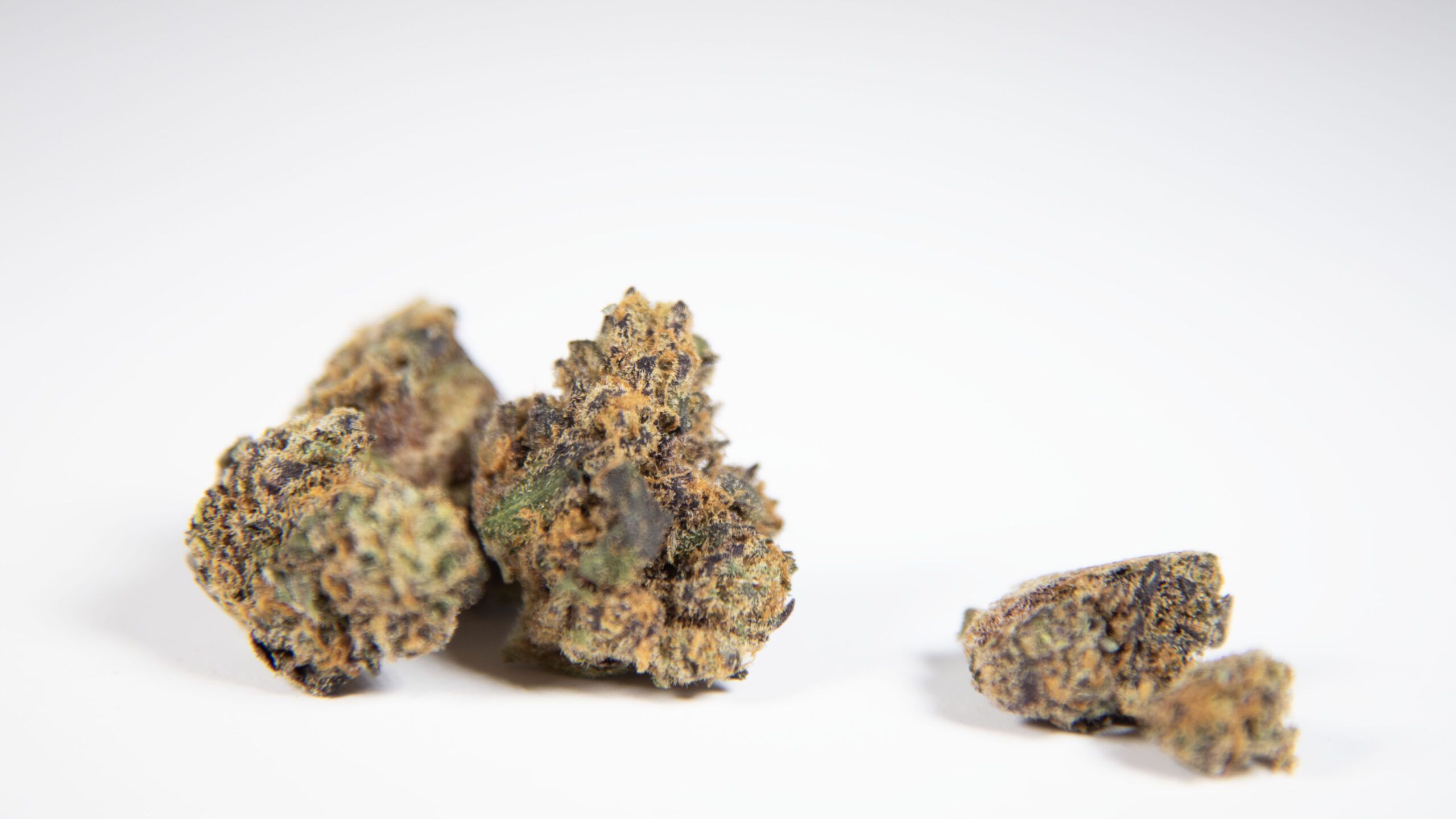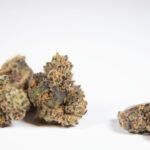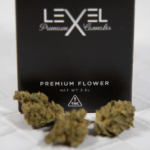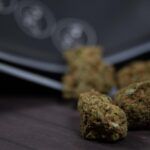When shoppers explore cannabis flower at a dispensary, one of the first things that catches the eye is color. The vibrant hues found in top-shelf buds—ranging from vivid greens and deep purples to orange hairs and sparkling frost—aren’t just for looks. These visual cues offer real insight into the plant’s genetics, growing conditions, terpene profiles, and even maturity. For informed consumers, understanding what cannabis color represents can elevate the shopping experience and guide better purchases.
Green: The Core Hue of Healthy Cannabis
Green is the most dominant and familiar color in cannabis flower, thanks to chlorophyll—the pigment responsible for photosynthesis. Variations in green shades, from bright lime to dark forest, reflect differences in strain genetics, maturity, and light exposure. Sativa-leaning strains often appear lighter and airier, while indica varieties tend to showcase darker, denser flower structures. Healthy green tones are generally a sign of quality cultivation and proper curing, but color alone doesn’t determine potency. Instead, it signals the flower’s freshness and overall plant health.
Purple, Red, and Blue: Anthocyanins at Work
Colorful strains featuring shades of purple, red, or blue owe their appearance to anthocyanins—a group of flavonoid pigments also found in fruits like blueberries and grapes. These pigments are influenced by both genetics and environmental factors such as cool night temperatures and pH levels. Not all cannabis strains can turn purple; it requires a specific genetic capability.
While purple buds may stand out in a jar, the presence of anthocyanins doesn’t necessarily indicate higher THC levels. However, these pigments do contribute to the flower’s visual appeal and may provide antioxidant benefits. Shoppers are often drawn to the exotic look of these strains, especially when paired with berry or grape-like terpene profiles.
Orange and Yellow: Carotenoid Signals
The orange and yellow tones that appear in pistils—those hair-like structures on the flower—are caused by carotenoids, the same compounds that color carrots and tomatoes. During maturation, pistils transition from white to bright orange or amber, signaling peak harvest time and plant readiness. Pistil color also indicates proper drying and curing techniques.
In many cases, strains with prominent orange hairs carry citrus-forward terpenes, such as limonene, which can provide uplifting and energizing effects. Orange and yellow tones add visual vibrancy and may subtly hint at the flower’s aroma and flavor notes.
Frosty Crystals: Trichome Color Matters Most
While the overall hue of a cannabis flower draws attention, the trichomes—those frosty, crystal-like glands—offer a more accurate indicator of potency. Clear trichomes suggest the plant was harvested too early. Milky-white trichomes typically contain peak THC levels, while amber trichomes may signal more CBN, leading to sedative effects. Consumers who examine trichome color under a magnifying lens can often determine the best time for harvest and expected effect.
What Color Communicates to Shoppers
Color acts as a visual shorthand that helps dispensary customers quickly assess the quality and potential effects of a cannabis strain. Here’s what those colors typically indicate:
- Freshness and Curing: Bright, vibrant buds signal proper care. Dull or brown hues may suggest poor storage or aging.
- Genetic Traits: Purple and red strains typically come from anthocyanin-rich lineages. Orange pistils often point to citrus-flavored cultivars.
- Terpene Profiles: Color may loosely correlate with flavor. Purple buds may carry fruity, berry notes; orange may indicate citrus or tropical aromas.
- Environmental Factors: Cool nights and proper pH can bring out deeper hues, but color should be considered alongside smell, texture, and lab results.
The Takeaway: Color Complements Cannabinoid Content
While cannabis color doesn’t directly dictate potency or therapeutic value, it offers an essential clue about quality, lineage, and the cultivation process. Consumers who use visual assessment alongside scent, structure, and cannabinoid profiles are more likely to choose a product that suits their preferences and needs.
Color, in the end, is the cannabis plant’s first impression—an invitation to look deeper into the flower’s chemistry, craftsmanship, and character.






